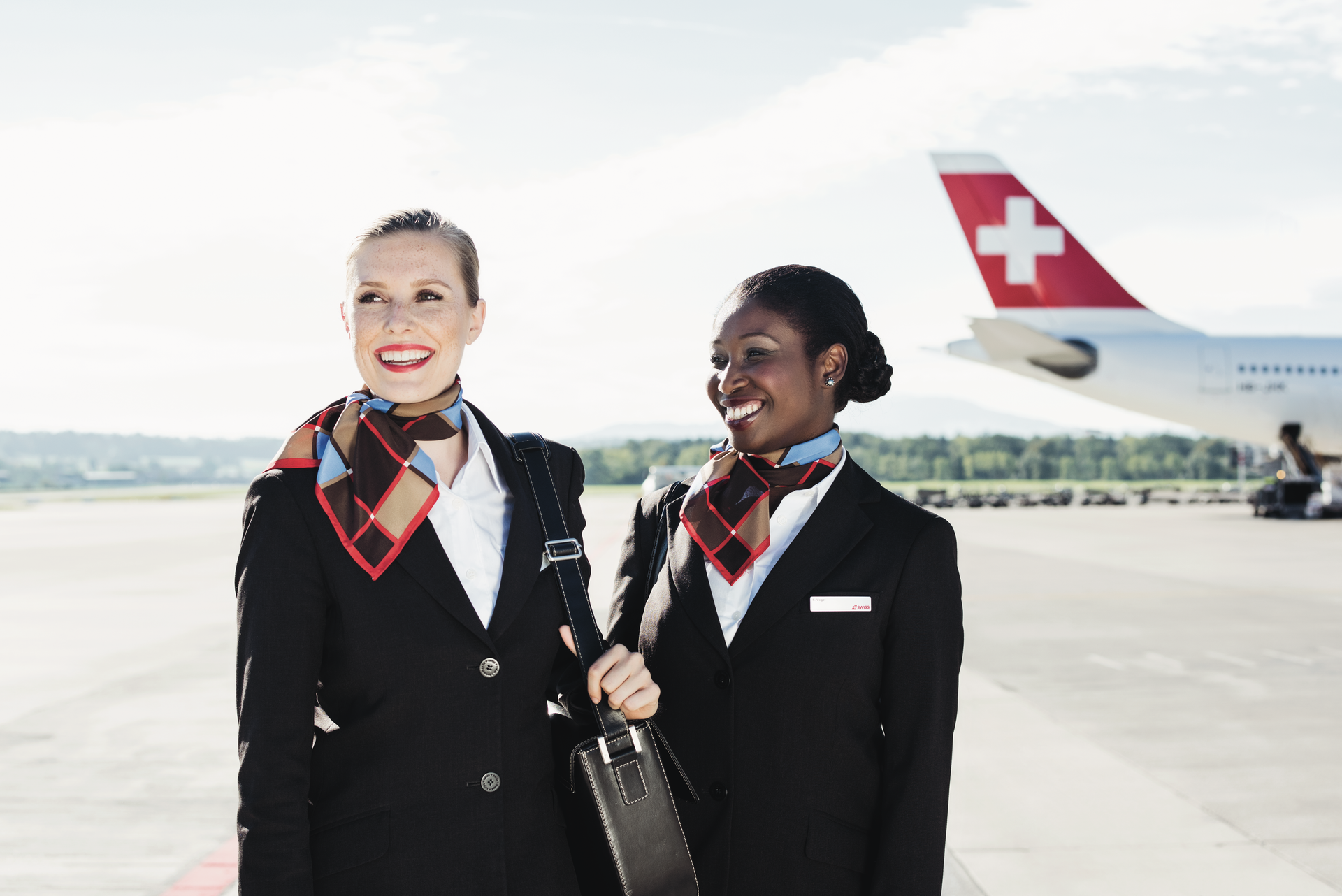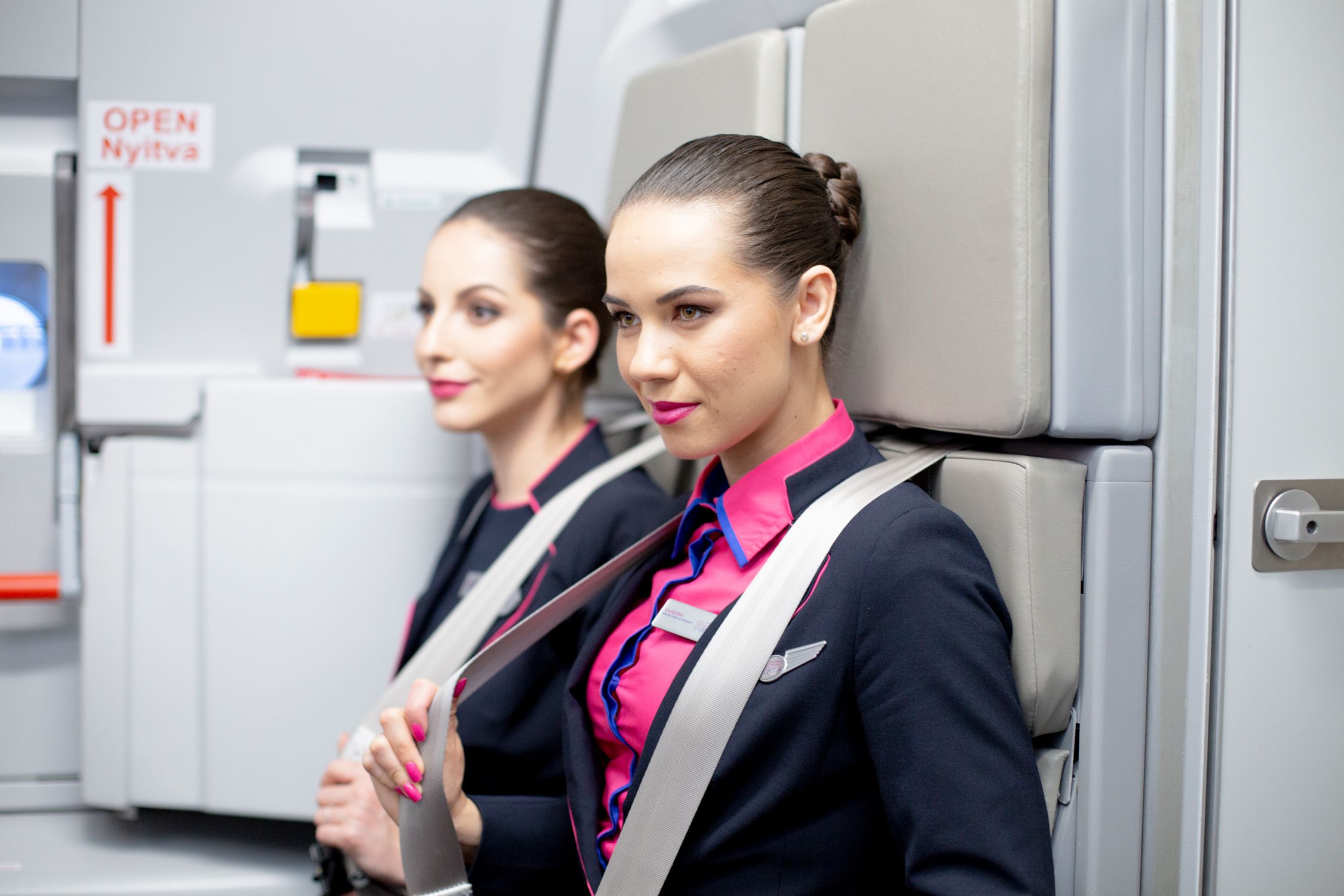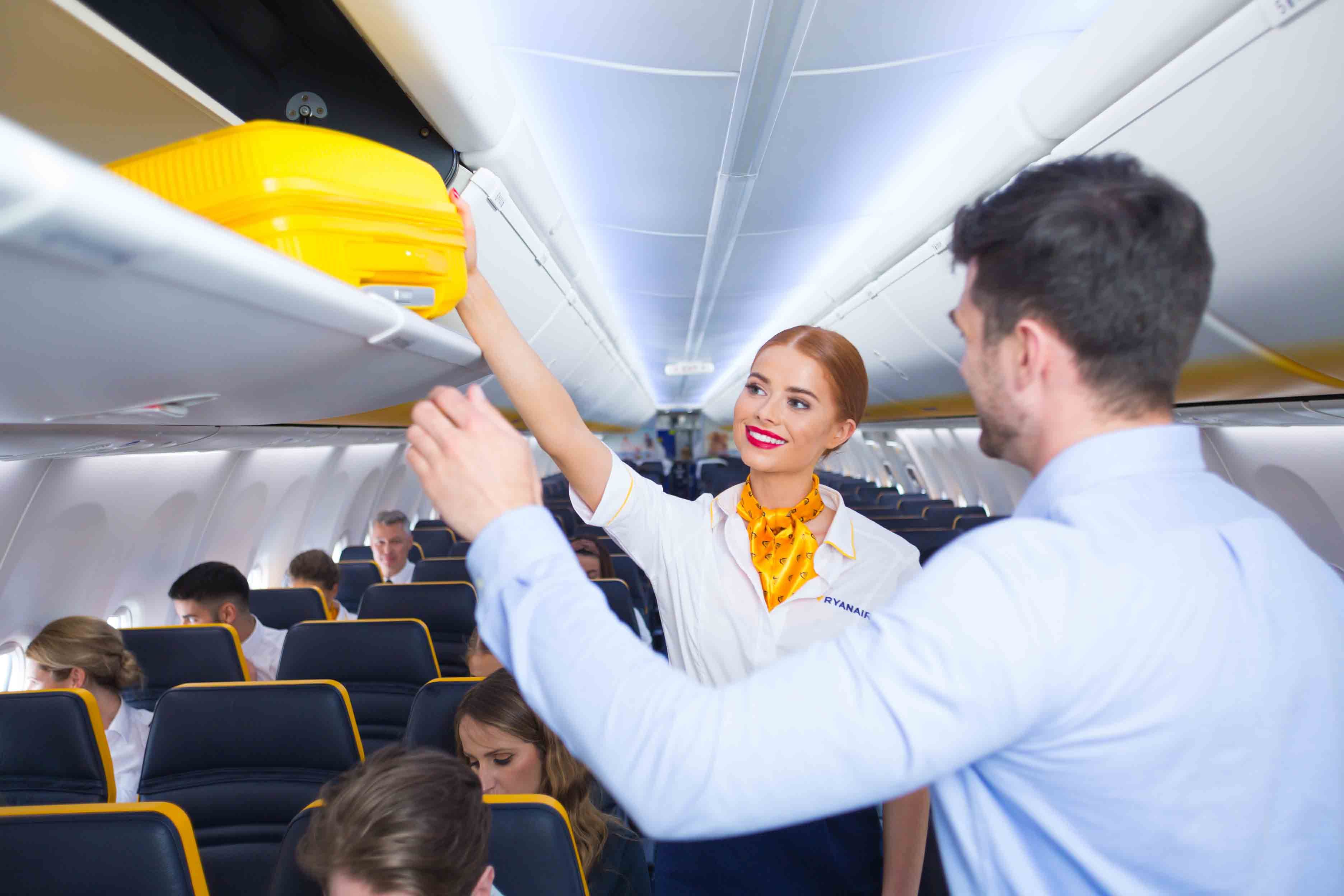Managing ear pressure is something we do daily as cabin crew. We learn about aviation physiology during our training and cabin pressure's effects on the body. Have you ever noticed when you fly that, on descent, your bottle of water changes shape?
The same thing happens inside the body. Any air inside the body will expand as altitude increases due to pressure reduction. All is well if the air can escape from the body or be stored in the tissues. However, if, due to a condition or malfunction, this cannot happen, damage can occur to the area concerned.
Popping
Air is present within the ears in the middle ear, which is like a hollow cube. This is connected to the nose by the Eustachian tube, typically closed but expands when air is forced inside. When the aircraft ascends, the air in the middle ear expands. The Eustachian tube will usually release this into the nose, equalizing the pressure. This feels like 'popping' in the ears.
Clearing
During the cruise phase, the air in the middle ear and outside are equal, causing no issues. When the aircraft descends, the air in the middle ear remains the same as in the cruise, but the ear contracts and causes the eardrum to flex inwards. Air will pass through the nose into the Eustachian tube to the middle ear. This should equalize and is known as clearing the ears.
Problems
If there is any obstruction in the Eustachian tube, this will affect the ability to equalize the pressure. Just having a cold or allergy may cause swelling of the nasal passages and mucus. Someone with a similar condition may not be able to clear their ears. The eardrum can overstretch, causing pain and possible rupture, bleeding, and, in extreme cases, deafness. Fortunately, this damage is not permanent.
Health
Cabin crew have to take extensive medicals before being offered a position. This is to ensure that there are no underlying or known conditions that may be affected by flying. Some airlines would not allow you to fly as cabin crew with hay fever, for example, because of the problems mentioned above. Cabin crew are advised not to fly if they have a cold and cannot clear their ears, which could result in a burst eardrum.
Solutions
There are ways to make ear pressure and flying that bit easier. If there is any discomfort in the ears, a first attempt to clear the ears can be made by yawning or swallowing. As cabin crew, you would not be able to eat in the cabin, but passengers would be able to chew on gum or a sweet to help release the pressure. Infants often cry during descent due to the pressure in their ears and are encouraged to swallow.
Want answers to more key questions in aviation? Check out the rest of our guides here.
Valsalva Maneuver
Sometimes, the first attempt to clear the ears doesn't work. In this case, the Valsalva Maneuver can be performed. This involves pinching the nostrils, keeping the mouth closed, and gently breathing out. Air pressure in the nasal cavity is increased and should force air into the Eustachian tubes and middle ear, equalizing the pressure. This should be done with care, as it could damage the ear if too much force is applied.
Conclusion
Cabin crew should avoid flying if they have a cold or flu. Using the above simple methods, they must check if they can clear their ears before a flight. They should contact their airline's medical department for advice if they are in doubt. Nasal sprays are often in crew members' bags to help with any potential non-clearing of ear pressure.



